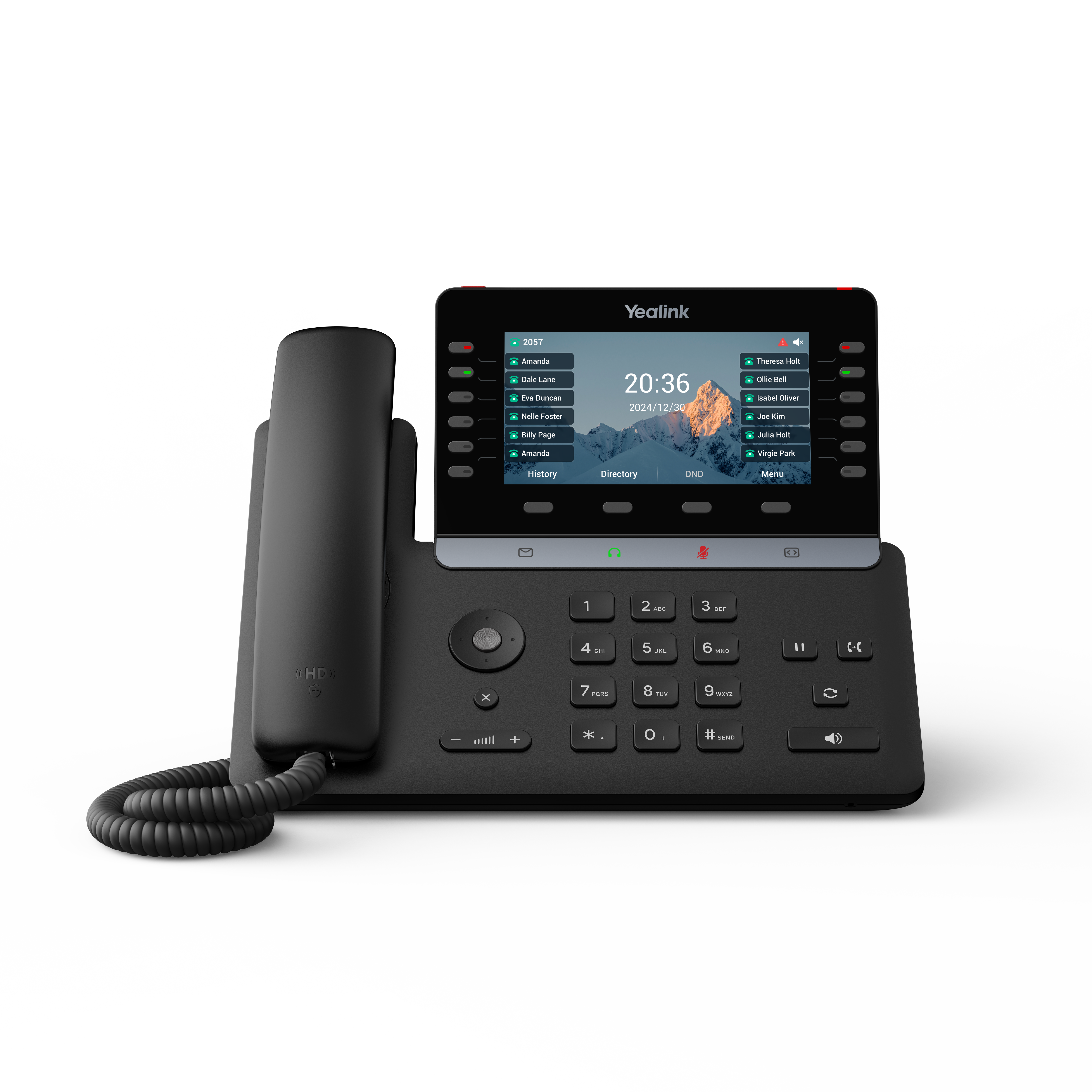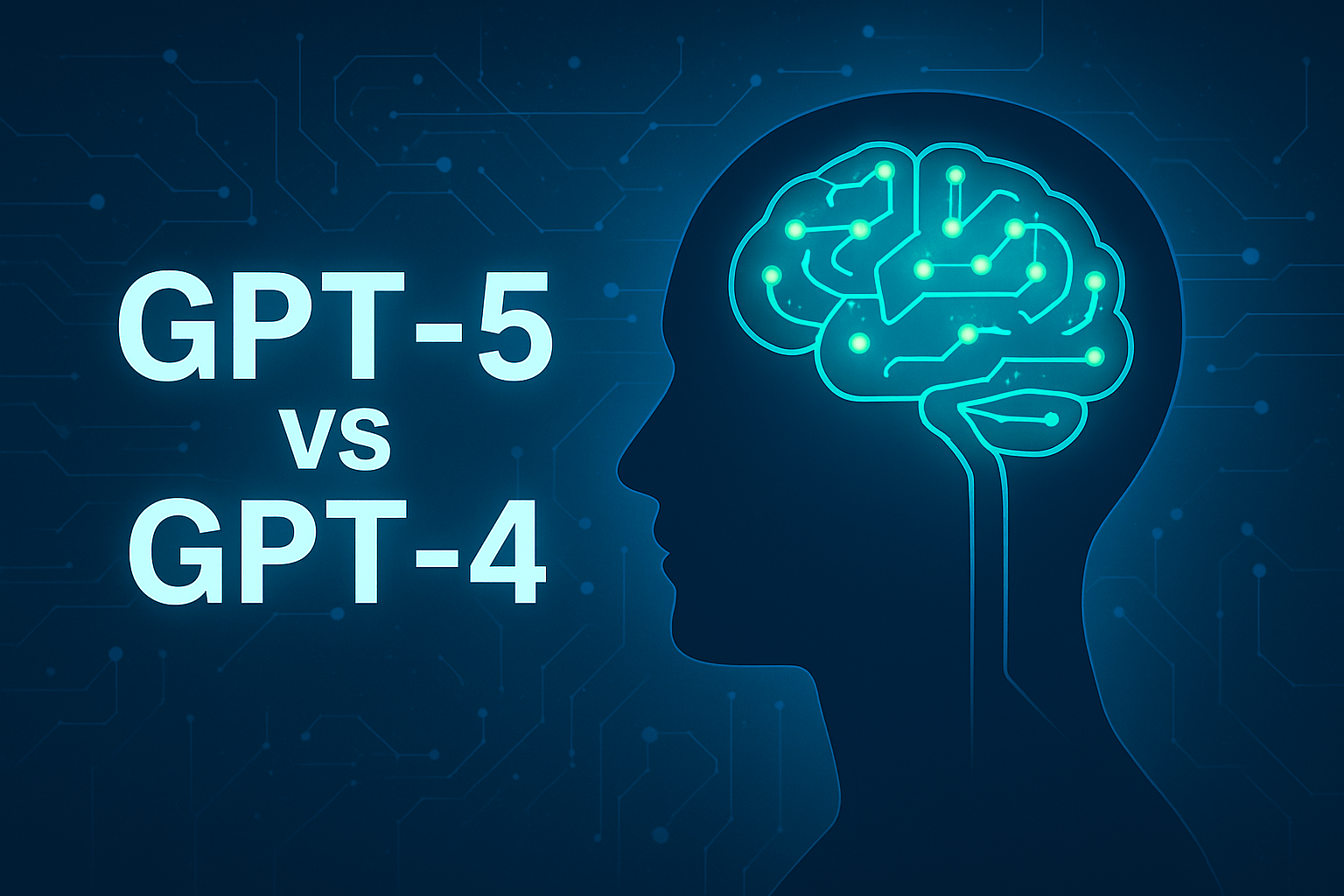In today’s digital-first world, small businesses are increasingly vulnerable to cyber threats. From phishing scams and ransomware to data breaches and identity theft, the risks are real—and growing. Yet many small business owners believe that robust cybersecurity is out of reach due to budget constraints. The good news? Cost-effective cybersecurity solutions are not only available but also highly effective when implemented strategically.
Why Cyber Security Matters for Small Businesses
Cybercriminals no longer focus solely on large corporations. In fact, small and medium-sized businesses (SMBs) are often seen as easier targets due to limited resources and less sophisticated defences. A single cyberattack can compromise sensitive data, disrupt operations, and damage your reputation—sometimes irreparably.
According to recent industry insights, many SMBs still operate under the false assumption that “it won’t happen to me.” This mindset can be costly. Fortunately, there are practical, affordable steps you can take to protect your business without breaking the bank.
1. Use Free or Low-Cost Antivirus and Firewall Software
Start with the basics: antivirus software and firewalls. These tools form the first line of defence against malware, viruses, and unauthorised access. Many reputable providers offer free or low-cost packages tailored for small businesses. Look for solutions that include real-time scanning, automatic updates, and email protection.
2. Keep Software and Systems Updated
Outdated software is a common entry point for cybercriminals. Regularly updating your operating systems, applications, and plugins ensures that known vulnerabilities are patched. Enable automatic updates wherever possible to maintain consistent protection.
3. Educate Your Employees
Human error remains one of the leading causes of security breaches. Educating your team on cyber hygiene is essential. Conduct regular training sessions on topics such as:
- Recognising phishing emails
- Creating strong, unique passwords
- Avoiding suspicious links and downloads
- Reporting unusual activity
Even a single workshop can significantly reduce your risk profile.
4. Implement Multi-Factor Authentication (MFA)
Passwords alone are no longer sufficient. Multi-factor authentication (MFA) adds an extra layer of security by requiring users to verify their identity through a second method—such as a text message, authentication app, or biometric scan. MFA is easy to implement and highly effective in preventing unauthorised access, even if passwords are compromised.
5. Leverage Open-Source Security Tools
Open-source tools offer powerful, budget-friendly options for monitoring and managing your network. Solutions like Snort (for intrusion detection), ClamAV (for antivirus scanning), and Wireshark (for network analysis) are widely used and supported by active communities. These tools can be customised to fit your specific needs without the high costs of proprietary software.
6. Secure Your Wi-Fi Network
An unsecured Wi-Fi network is an open invitation to cybercriminals. Protect your network by:
- Changing default router passwords
- Using strong encryption (WPA3 is recommended)
- Hiding your SSID (network name)
- Creating a separate guest network for visitors
These simple steps can prevent unauthorised access and keep your data safe.
7. Back Up Your Data Regularly
Data loss can occur due to cyberattacks, hardware failure, or human error. Regular backups ensure that you can recover quickly and minimise downtime. Use a combination of local and cloud-based backups, and test your recovery process periodically to ensure it works when needed.
8. Use a Virtual Private Network (VPN)
A VPN encrypts your internet connection, making it more difficult for hackers to intercept data. This is especially important for remote workers or when accessing public Wi-Fi. Many affordable VPN services are available that offer strong encryption and user-friendly interfaces.
9. Create a Cyber Security Policy
Documenting your cybersecurity practices helps ensure consistency and accountability. Your policy should outline:
Acceptable use of company devices and networks
Password management guidelines
Procedures for reporting incidents
Roles and responsibilities for cybersecurity
Having a clear policy in place also demonstrates your commitment to protecting customer and employee data.
10. Consider Cyber Insurance
While not a substitute for strong security practices, cyber insurance can provide a financial safety net in the event of a breach. Policies typically cover costs related to data recovery, legal fees, and customer notification. As threats evolve, more insurers are offering affordable plans tailored to small businesses.
11. Monitor and Review Regularly
Cybersecurity is not a one-time task—it requires ongoing attention. Schedule regular reviews of your systems, policies, and tools to identify new vulnerabilities and ensure compliance. Consider using automated monitoring tools to alert you to suspicious activity in real time.
12. Stay Informed and Connected
Cyber threats are constantly evolving. Stay up to date by:
Subscribing to cybersecurity newsletters
Attending webinars and industry events
Following trusted sources on social media
Reviewing case studies and whitepapers relevant to SMBs
Knowledge is power—and in this case, protection.
Final Thoughts
Cybersecurity doesn’t have to be expensive or complicated. By taking a proactive, layered approach, small businesses can build a strong defence against cyber threats without straining their budgets. From free tools and employee training to regular updates and strategic planning, every step you take strengthens your resilience.
If you’re unsure where to start or want expert guidance tailored to your business, give the innoTel team a call on 1300 736 048. We’re here to help you cyber-proof your business—cost-effectively and confidently.






 The Big Picture: GPT-4 vs GPT-5
The Big Picture: GPT-4 vs GPT-5



